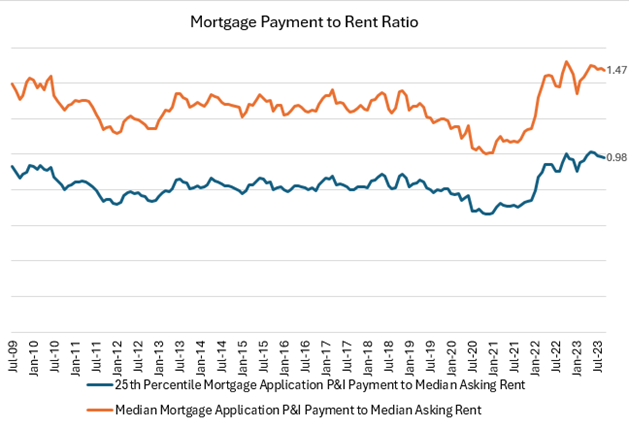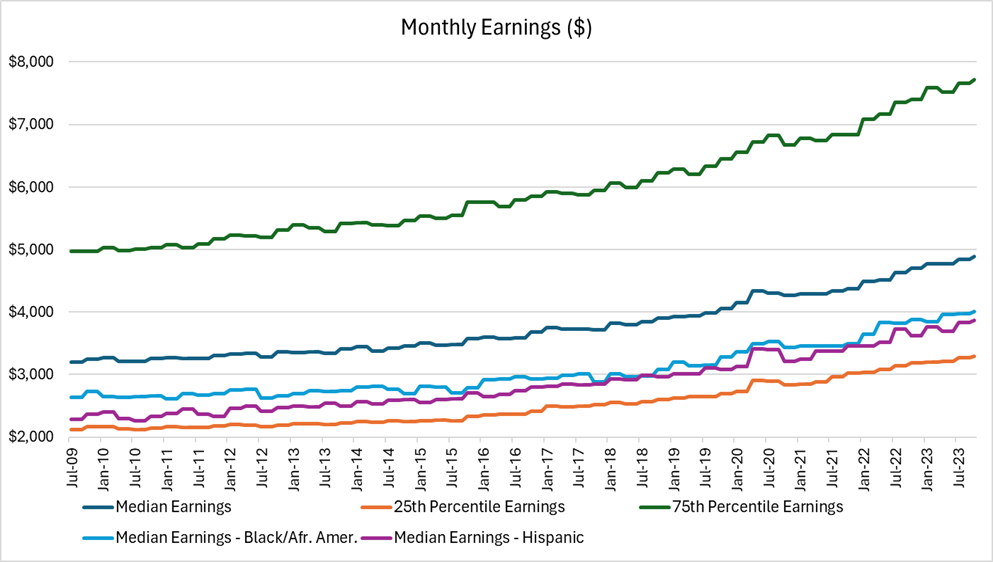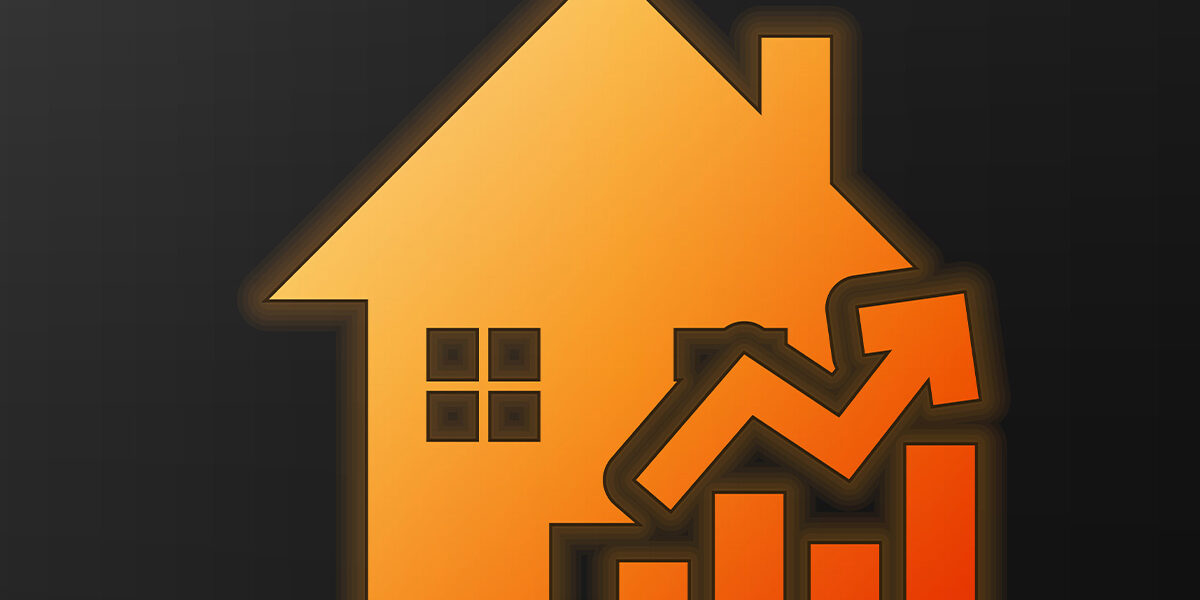Mortgage Application Payments Increased 2.0 Percent In October
Homebuyer affordability declined in October, with the national median payment applied for by purchase applicants increasing to $2,199 from $2,155 in September. This is according to the Mortgage Bankers Association’s (MBA) Purchase Applications Payment Index (PAPI), which measures how new monthly mortgage payments vary across time – relative to income – using data from MBA’s Weekly Applications Survey (WAS).

“Homebuyer affordability conditions declined further in October, with the jump in mortgage rates during the month dissuading would-be buyers from entering the housing market,” said Edward Seiler, MBA’s Associate Vice President, Housing Economics, and Executive Director, Research Institute for Housing America. “MBA expects affordability conditions to remain challenging to close out 2023 before a slight improvement by early next year.”
An increase in MBA’s PAPI – indicative of declining borrower affordability conditions – means that the mortgage payment to income ratio (PIR) is higher due to increasing application loan amounts, rising mortgage rates, or a decrease in earnings. A decrease in the PAPI – indicative of improving borrower affordability conditions – occurs when loan application amounts decrease, mortgage rates decrease, or earnings increase.

The national PAPI (Figure 1) increased 1.2 percent to 175.9 in October from 173.8 in September. With this increase, the PAPI is 1.5 points away from its record high in May 2023. Median earnings were up 3.9 percent compared to one year ago, and while payments increased 9.3 percent, the strong earnings growth means that the PAPI is up 5.2 percent on an annual basis. For borrowers applying for lower-payment mortgages (the 25th percentile), the national mortgage payment increased to $1,466 in October from $1,437 in September.
The Builders’ Purchase Application Payment Index (BPAPI) showed that the median mortgage payment for purchase mortgages from MBA’s Builder Application Survey increased from $2,640 in September to $2,672 in October.

MBA’s national mortgage payment to rent ratio (MPRR) decreased from 1.50 at the end of the second quarter (June 2023) to 1.47 at the end of the third quarter (September 2023), meaning mortgage payments for home purchases have decreased relative to rents. The Census Bureau’s Housing Vacancies Survey (HVS) national median asking rent in second-quarter 2023 increased 1.2 percent on a quarterly basis to $1,462 ($1,445 in second-quarter 2023). The 25th percentile mortgage application payment to median asking rent ratio decreased slightly to 0.98 in September (1.00 in June 2023).
Additional Key Findings of MBA’s Purchase Applications Payment Index (PAPI) – October 2023
- The national median mortgage payment was $2,199 in October—up $44 from September. It is up by $143 from one year ago, equal to a 9.3% increase.
- The national median mortgage payment for FHA loan applicants was $1,955 in October, up from $1,920 in September and up from $1,666 in October 2022.
- The national median mortgage payment for conventional loan applicants was $2,208, up from $2,180 in September and up from $2,047 in October 2022.
- The top five states with the highest PAPI were: Nevada (274.4), Idaho (272.2), Arizona (246.7), California (230.4), and Florida (229.7).
- The top five states with the lowest PAPI were: Louisiana (127.9), New York (129.7), Connecticut (130.1), Oklahoma (133.4), and West Virginia (134.3).
- Homebuyer affordability decreased slightly for Black households, with the national PAPI increasing from 174.8 in September to 176.9 in October.
- Homebuyer affordability decreased slightly for Hispanic households, with the national PAPI increasing from 161.9 in September to 163.9 in October.
- Homebuyer affordability decreased slightly for White households, with the national PAPI increasing from 176.2 in September to 178.4 in October.

The Place for Lending Visionaries and Thought Leaders. We take you beyond the latest news and trends to help you grow your lending business.



